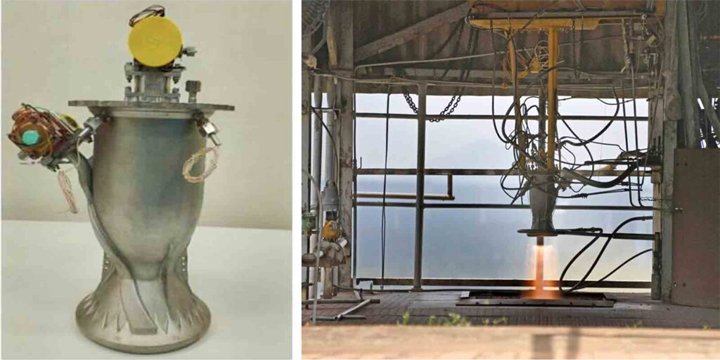ISRO TESTS 3D PRINTED ROCKET ENGINE
Indian Space Research Organisation (ISRO) on May 9 successfully tested a liquid rocket engine made with the help of additive manufacturing technology — commonly known as 3D printing.
The engine, PS4, which is used as the engine for the fourth stage of the Polar Satellite Launch Vehicle (PSLV), was redesigned by ISRO for production using 3D printing.
WHAT IS 3D PRINTING?
3D printing is a process that uses computer-created design to make three-dimensional objects layer by layer.
It is an additive process, in which layers of a material like plastic, composites or bio-materials are built up to construct objects that range in shape, size, rigidity, and colour.
HOW IS 3D PRINTING DONE?
To carry out 3D printing, one needs a personal computer connected to a 3D printer. All they need to do is design a 3D model of the required object on computer-aid design (CAD) software and press ‘print’. The 3D printer does the rest of the job.
3D printers construct the desired object by using a layering method, which is the complete opposite of the subtractive manufacturing processes.
Think about the great Italian sculptor Michelangelo making his masterpiece sculpture David. He famously carved out the colossal statue from one single block of marble.
This is an ideal example of the subtractive manufacturing method.
WHY DID ISRO ADOPT 3D PRINTING?
- The technology helped ISRO bring down the number of parts in the engine from 14 to a single piece.
- The space agency was able to eliminate 19 weld joints and saved 97% of raw material.
- It also reduced the overall production time by 60%.
Note: Connect with Vajirao & Reddy Institute to keep yourself updated with latest UPSC Current Affairs in English.
Note: We upload Current Affairs Except Sunday.

